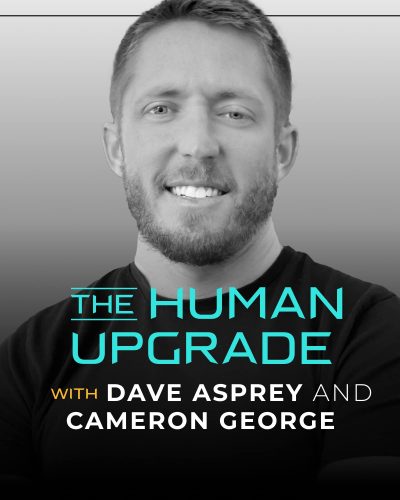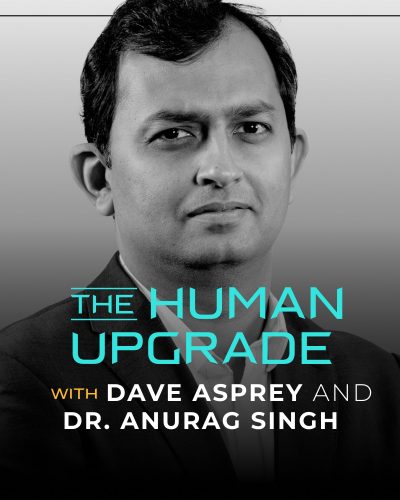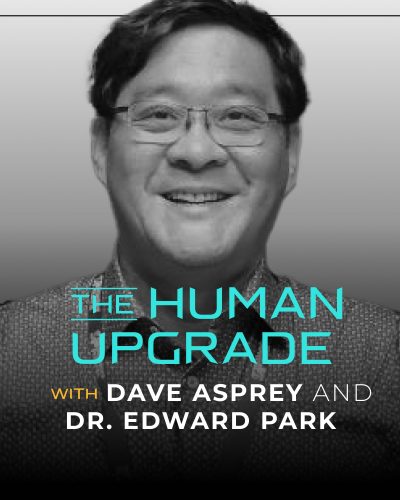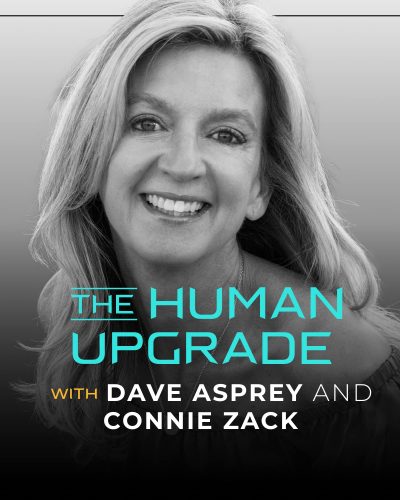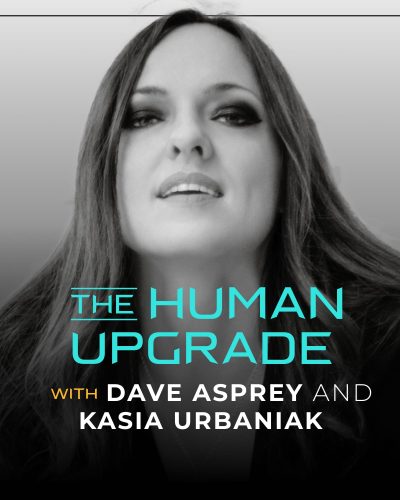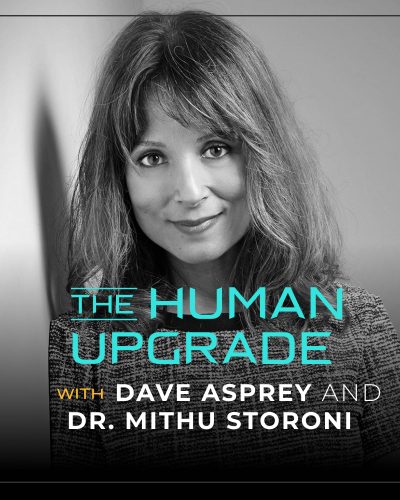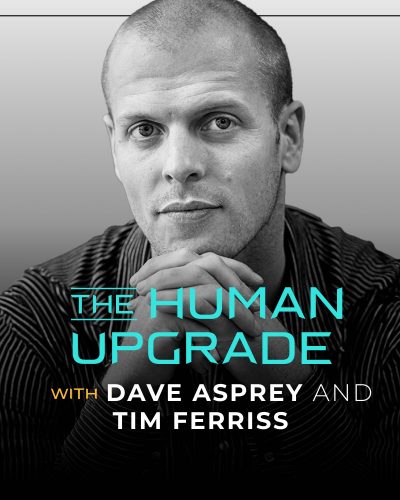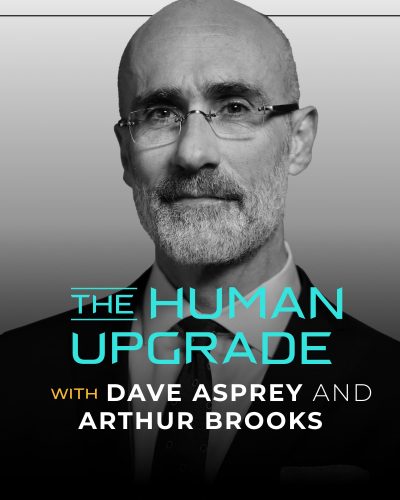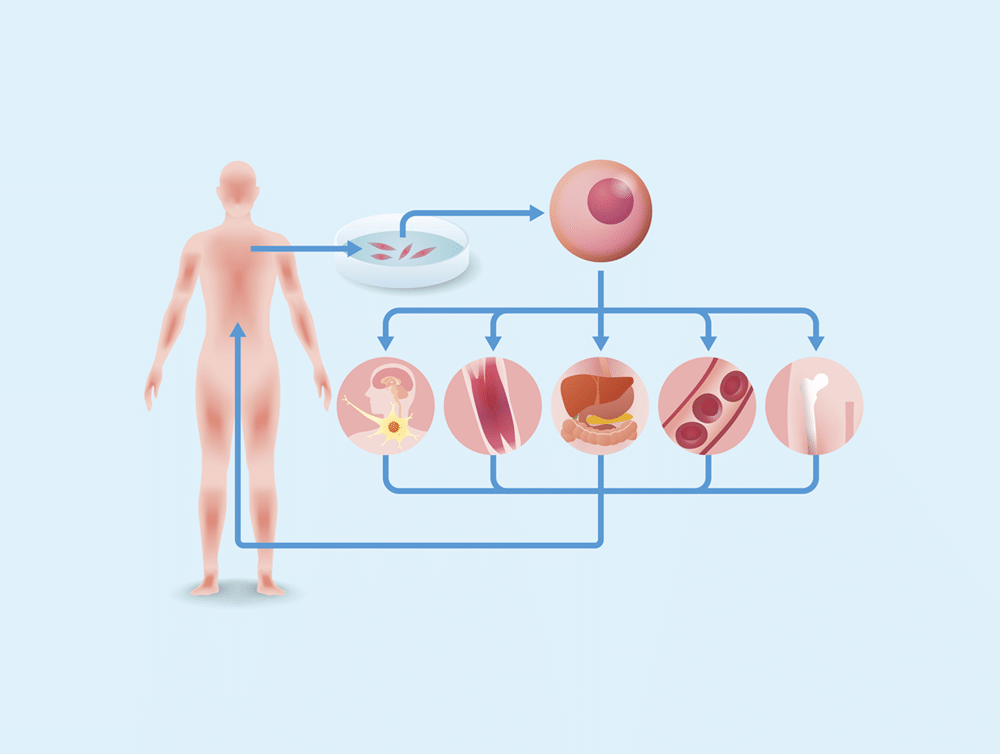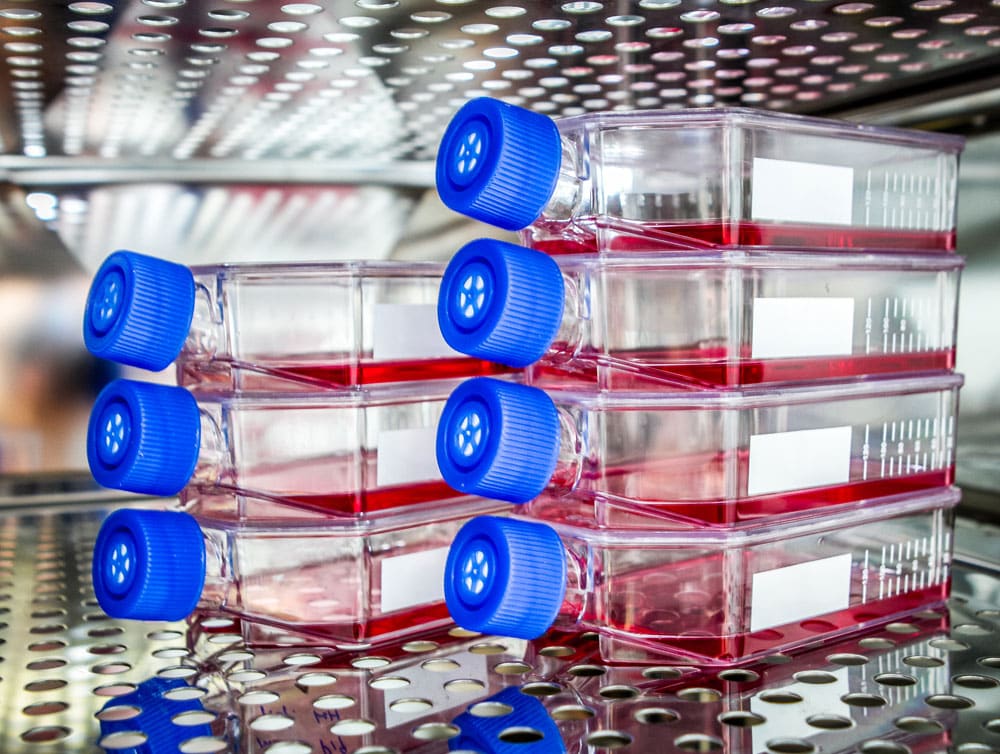EPISODE #1058
Stem Cell Therapy and Personal Stem Cell Banking
Sean Berman and Kevin Ferber
The potential of stem cell therapy to transform healthcare delivery and improve your health outcomes while also reducing your costs.
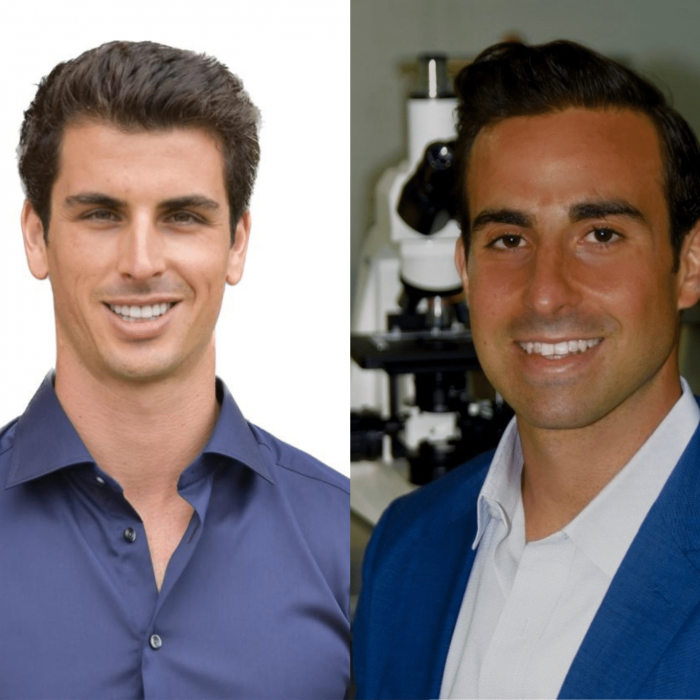
In this Episode of The Human Upgrade™...
America is back on the map as a global leader in stem cell technology, thanks in huge part to these two FDA-conquering innovators. Sean Berman and Kevin Ferber talk about the past, present, and future of stem cell therapy – and where, why, and how to bank your own healthy cells ASAP.
Have you heard these common myths about stem cell therapy?
- Myth #1: Stem cell therapy is only used for rare conditions.
- Myth #2: Stem cell therapy is not regulated by the FDA.
- Myth #3: Stem cell therapy is always expensive and not covered by insurance.
The truth is that stem cell therapy is increasingly being used for a wide range of conditions, including more common ones like osteoarthritis and heart disease. The FDA does regulate stem cell therapy, and while it can be costly, insurance coverage is becoming more widespread.
American Cell Technology (ACT) provides a safe and trusted environment to store personal stem cells. Whether you’re saving the stem cells from the birth of a new family member or banking your own adult stem cells, American Cell Technology utilizes our proprietary xeno-free technology and GMP facility to take care of your cells. Doctors and scientists continue to advance the field of stem cell therapy. It’s become evident that your own cells have tremendous value for you. American Cell Technology grows millions of your own cells in a sterile environment, cryopreserves (freezes in liquid nitrogen) them and will make them available when requested in the future.
Watch this episode on YouTube!
"My stem cells are mine. You try and think you control my stem cells. I don't care who you are. That is an act of war against me as an autonomous human."
Dave Asprey
In this episode, you will…
Discover the potential of stem cell therapy and its capacity to revolutionize healthcare delivery.
Learn about the benefits of stem cell banking, safeguarding your future health options.
Explore the fascinating concept of stem cell consciousness and communication.
Gain insight into the importance of regulation and safety measures for stem cell therapies.
Understand how stem cell therapy might reshape the face of healthcare in the coming years.
Enjoy the show!
LISTEN: “Follow” or “subscribe” to The Human Upgrade™ with Dave Asprey on your favorite podcast platform.
REVIEW: Go to Apple Podcasts at daveasprey.com/apple and leave a (hopefully) 5-star rating and a creative review.
FEEDBACK: Got a comment, idea or question for the podcast? Submit via this form!
SOCIAL: Follow @thehumanupgradepodcast on Instagram and Facebook.
JOIN: Learn directly from Dave Asprey alongside others in a membership group: ourupgradecollective.com.
Sleep Solutions for High Performance: https://sleepbreakthrough.com/dave, use code DAVE10 to get an extra 10% off
9th Annual Biohacking Conference: You’ll learn from dozens of experts at an amazing event that’s designed to upgrade every area of your life. https://biohackingconference.com
Website: https://americancelltechnology.com/dave/
Website: https://californiastemcelltreatmentcenter.com/
Website: https://stemcellrevolution.com/
Video – Beyond Erectile Dysfunction: https://www.youtube.com/watch?v=dnADOr-Qskk
Video – Dave Asprey on Penis injections, coffee, the brain: https://www.youtube.com/watch?v=UNWmY4UNoKk
This episode on YouTube: https://www.youtube.com/watch?v=N4R5kMhvMCk
00:00:00 – Introduction,
Dave Asprey introduces Sean Berman and Kevin Ferber, experts in the stem cell industry. They discuss the importance of stem cells for personal therapies and how it has made a difference in Dave’s biohacking journey.
00:07:09 – The FDA and Stem Cells,
Sean Berman talks about the legal battle with the FDA and how their victory allows for more innovation in the US around stem cells.
00:09:57 – The Importance of Autonomy,
Dave Asprey emphasizes the importance of autonomy over one’s own stem cells and how it is an act of war against an autonomous human to try and control their stem cells.
00:11:48 – The Benefits of Stem Cells,
Sean Berman talks about how they use stem cells to heal naturally and how Kevin Ferber’s company can take a small sample of fat containing stem cells and turn it into billions.
00:12:50 – Stem Cells and Fat,
Fat is loaded with stem cells, which store nutrients from food in the old days. Stem cells in fat are dormant unless you consume junk food, whereas stem cells in bone marrow are constantly working to maintain your immune system.
00:14:10 – Autologous vs. Allergenic Stem Cells,
Autologous stem cells come from your own body, whereas allergenic stem cells come from someone else’s body.
00:18:24 – Spinal Cord Injuries,
Stem cells combined with scar tissue removal can help people with spinal cord injuries walk again. It’s important to use stem cells as close to the injury as possible.
00:21:07 – Immediate Stem Cell Treatment,
For the best results with stem cell treatment, it’s important to treat the injury as soon as possible. Immediate stem cell treatment can prevent deficits in motor skills and memory loss after a concussion.
00:24:05 – Stem Cell Banking for Health and Wellness,
The guests discuss stem cell banking as a tool for health and wellness beyond just treating injuries. Stem cell banking can benefit anyone from a weekend warrior to someone with an autoimmune condition.
00:25:25 – Stem Cell Growth Medium,
The stem cell growth medium is plant-based and contains no animal factors or bacterial fermentation. It is designed to ensure the highest quality of stem cells isolated from fat.
00:28:25 – Cryopreservation and Stem Cell Retrieval,
Cryopreservation is the process of freezing stem cells in liquid nitrogen at minus 190 degrees Celsius, ensuring their viability and integrity for future use. Stem cells can be requested through American Cell Technology’s ordering platform after being grown out for six weeks following their isolation and culture expansion.
00:32:31 – Stem Cell Therapy Clinical Applications,
The guest shares that there are many applications for stem cell therapy beyond just treating injuries. Stem cells can be used to help regenerate spinal fluid or treat stroke patients. There is even the possibility of creating custom-produced stem cells, although this would be considered
00:36:15 – Stem Cell Therapy and Personal Regimens
The conversation starts with Sean Berman talking about his proactive regimen and how he feels healthy. The guest then jokes about launching his sports car into space and only wanting 100 million stem cells.
00:38:39 – Stem Cells and Aging
Dave talks about his preference for using his own stem cells and how he has banked them. The guest mentions a study they did on different samples of clients’ cells and how adipose cells had longer telomere lengths.
00:42:07 – Stem Cells and Kidney Function
Dave brings up the idea of using stem cells to help with kidney stones caused by a vegan diet. The guest explains that while stem cells can initiate autophagy, they may not necessarily clear kidney stones.
00:43:13 – Stem Cells and Consciousness
Dave brings up the idea of a separate consciousness inside every mitochondria and bacteria, and how stem cells have their own consciousness as well.
00:48:25 – The Power of Stem Cells and Energetic Healing,
The guests discuss the potential of stem cells and how to direct them naturally through energetic healing.
00:50:29 – The Placebo Effect and Human Experience,
The group discusses the power of the placebo effect and human experience in the field of regenerative medicine.
00:54:55 – The Future of Regenerative Medicine,
The guests talk about the exciting potential of regenerative medicine and the importance of tracking safety and efficacy data through online databases.
00:57:48 – Banking Stem Cells for Longevity,
The hosts emphasize the importance of stem cell banking for those who prioritize longevity and wellness.
00:58:57 – Vital Cells and Cord Blood Banking,
The guests introduce their new brand, Vital Cells, which offers a revolutionary process for cord blood and cord tissue banking.
01:00:16 – The Future of Stem Cell Therapy,
Kevin Ferber discusses the potential benefits of stem cell therapy, including reducing overall costs and allowing individuals to live a healthier lifestyle.
01:01:23 – Personal Cells and Health,
Ferber and Asprey discuss the importance of personal relationships with doctors and the potential benefits of stem cell therapy for improving overall health and wellness.
01:04:20 – The Future of Stem Cell Therapy,
Asprey and Ferber speculate on potential advancements in stem cell therapy, such as designer cells and de-aging stem cells.
01:06:02 – Stem Cell Banking,
Asprey thanks Ferber and his team for their work in stem cell banking and preventing tyranny over medical freedom. He encourages listeners to consider stem cell banking and intravenous stem cell therapy for chronic health issues.
01:09:27 – Safe and Effective Stem Cell Therapy,
Asprey and Ferber emphasize the safety and effectiveness of stem cell therapy in the US and the benefits of having personal stem cells banked and available for future use.


